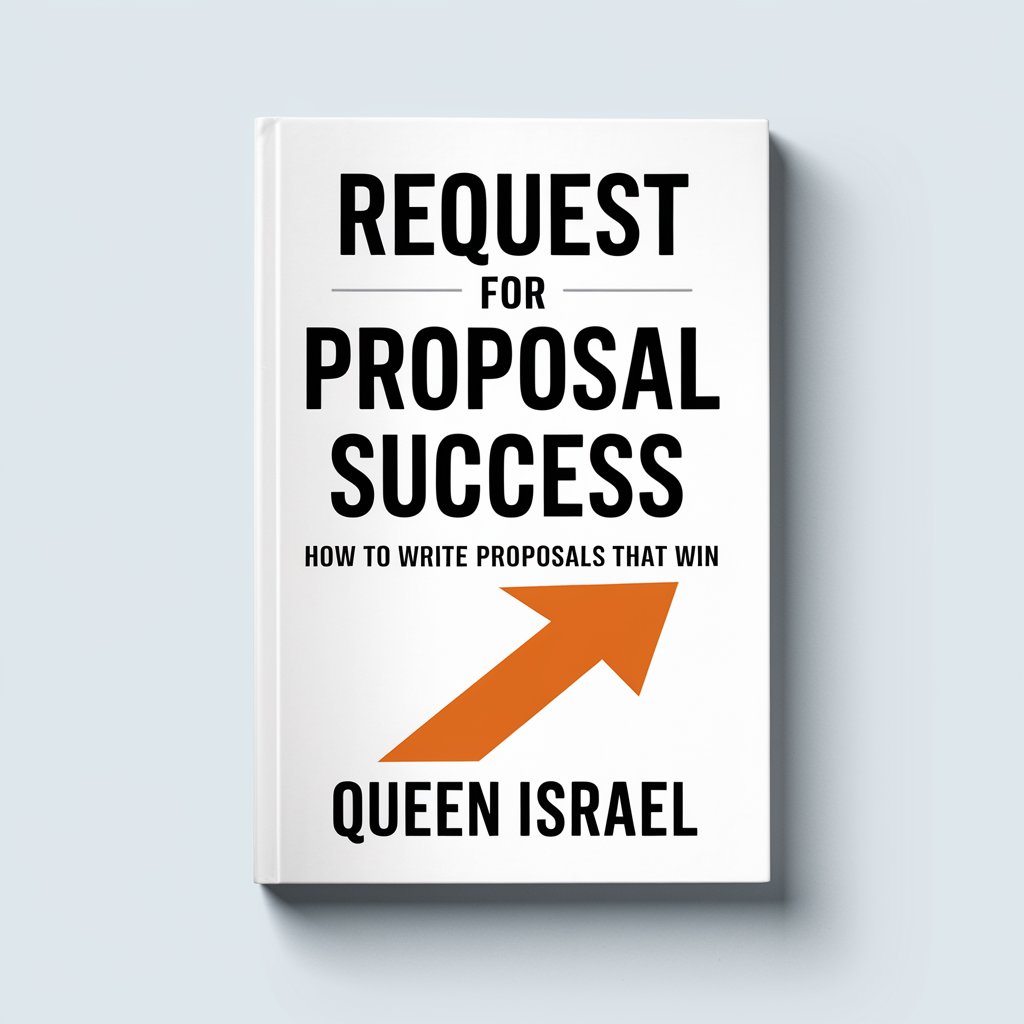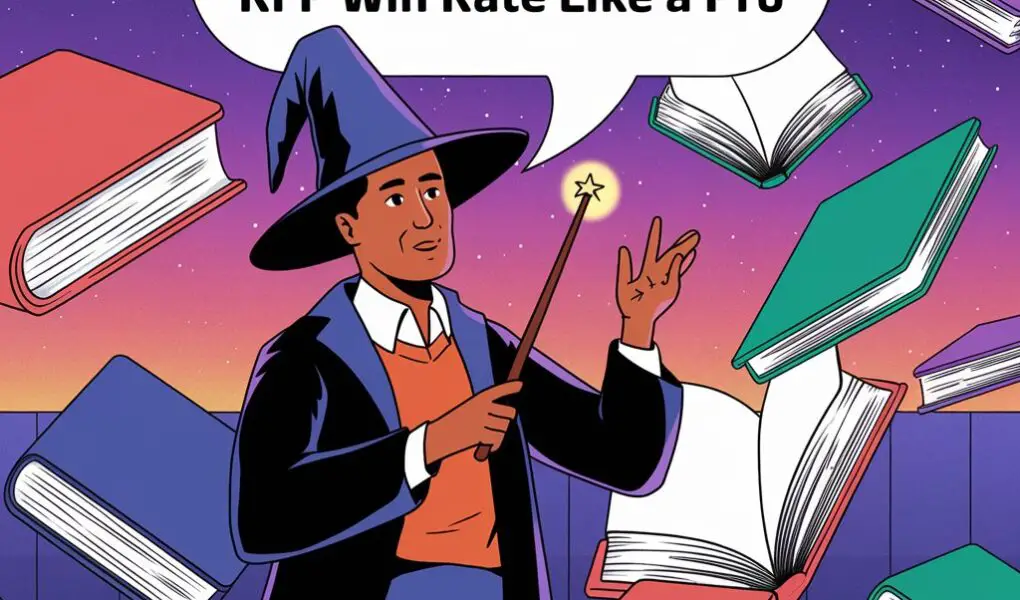When I first ventured into the world of writing proposals for Requests for Proposals (RFPs), I honestly thought it would be a breeze. “How hard can it be?”
I naively thought, sitting at my desk, sipping on coffee, and feeling pretty confident. It turns out, the world of RFPs is far more complex and competitive than I imagined.
After a string of rejections, frustration set in, and I knew something had to change if I was going to keep my head above water. If you’re reading this and thinking, “Been there, done that,” you’re not alone.
Winning RFPs is an art form, and like any art, it requires patience, skill, and a bit of strategy. Whether you’re brand new to the process or have been at it for years, improving your win rate is always a worthy goal.
And today, I’m here to share the insider tips that helped me turn my RFP game around.
Ready to unlock the secrets? Let’s dive in!
1. Know the Client Like Your Best Friend
If there’s one golden rule in responding to RFPs, it’s this: know your client inside and out.
Imagine you’re trying to win over a new friend. You wouldn’t talk about all the cool stuff you’ve done without first understanding what they like, right? The same logic applies to RFPs. Before you even begin drafting your proposal, you need to know your client like you know your favorite Netflix show.
Spend time researching the company or organization issuing the RFP. Dive deep into their mission, values, and goals. If it’s a government agency, review previous contracts they’ve awarded.
Get familiar with the people in charge, what they care about, and what keeps them up at night. The more you understand their unique challenges and needs, the better you can position yourself as the solution they’re looking for.
Power Tip: Subscribe to their newsletters, follow their social media channels, and read any case studies or news articles related to them. When you show that you truly “get” them, your proposal automatically stands out.
2. Craft a Compelling Narrative: Be the Hero of Their Story
You’re reading two proposals. One is dry, full of technical jargon, and feels like a chore to get through. The other tells a story—about how the proposer solved a similar problem for another client and how excited they are to work with you to solve your unique challenges. Which one would you pick?
RFP responses are about more than just facts and figures. They’re about connection.
Sure, you need to check all the technical boxes, but don’t forget that your client is human. Humans respond to stories. They remember how you made them feel just as much as what you said.
Frame your proposal as a narrative where you are the hero—armed with the tools and expertise to help the client overcome their challenges. Draw parallels between their situation and success stories from your past clients. Showcase the journey from problem to solution and make it personal.
Power Tip: Start your proposal with a short anecdote or case study that mirrors the client’s pain points. Weave a relatable, engaging story throughout your proposal to keep them hooked from start to finish.
3. Personalize, Personalize, Personalize
If you’re sending out the same cookie-cutter proposal to every RFP, you’re doing it wrong. Every client is unique, and your proposal should reflect that. One-size-fits-all doesn’t fly in this game.
Tailor each proposal to the specific needs of the client. Reflect on the language they use in the RFP. Are they more focused on innovation, cost-effectiveness, or community impact? Whatever it is, make sure you’re speaking their language. Mirror their key priorities and use their terminology.
Power Tip: Address the evaluators directly whenever possible. A simple “You” or “Your team” can make your proposal feel more personal and engaging. It’s a subtle shift, but it makes a world of difference.
4. Be Crystal Clear: Simple is Powerful
Let’s be real. No one wants to slog through pages of complex jargon or endless technical descriptions. The key to writing winning RFPs is clarity. The clearer your proposal, the easier it is for the client to understand how you can help them.
Stay away from overly complicated language. Keep your sentences short and your ideas organized. Use bullet points and headers to break up the text and make it more digestible. Remember, clarity isn’t just about making things easier to read—it’s about demonstrating that you have a clear plan to get the job done.
Power Tip: Before submitting your proposal, have someone unfamiliar with your industry read it. If they can easily understand your value proposition, you’re on the right track.
5. Add Value Beyond What’s Asked
While it’s essential to meet all the client’s requirements, if you want to win, you’ve got to go above and beyond. The evaluators are going to receive a ton of proposals, and most of them will likely tick the same basic boxes. What’s going to make yours different?
Show the client that you’ve thought deeply about their project and can offer additional value. This could be as simple as suggesting a new, innovative approach to a challenge or offering a value-added service they didn’t ask for but could benefit from.
Power Tip: Use appendices to provide extra insights, case studies, or resources that complement your proposal without overwhelming the main document.
6. Master the Art of Proofing and Presentation
It sounds obvious, but you’d be amazed at how many proposals get rejected because of simple spelling errors, formatting issues, or broken links. These may seem like minor details, but they signal sloppiness and a lack of attention to detail—two things that can kill your chances of winning.
Take the time to proofread your proposal carefully. Check for consistency in fonts, headers, and bullet points. Make sure all hyperlinks work. If you can, have a second (or third!) pair of eyes review it before submission.
Also, consider how you’re presenting your proposal. Is it easy on the eyes? Does it flow well? Does your cover page grab attention? An aesthetically pleasing, well-organized proposal can leave a lasting impression.
Power Tip: Use bold and italics strategically to emphasize key points. But don’t overdo it—less is more when it comes to formatting.
7. Follow Up Like a Pro
The proposal has been submitted. Now what? Sit back and wait? Wrong! Proactive follow-up can make all the difference.
Reach out to the client to confirm they received your proposal and to see if they have any initial questions. This shows initiative and gives you the opportunity to clarify any points before the official review process begins. If you don’t win, ask for feedback. Knowing why you weren’t chosen can help you refine your future proposals.
Power Tip: Build a relationship with your clients even if you don’t win this time around. Who knows? Your professionalism might land you the next RFP.
8. Practice Makes Perfect: Don’t Fear Rejection
I know rejection stings. There were times early on when I felt like giving up because of the constant “Thanks, but no, thanks” responses. But here’s the truth: the more RFPs you respond to, the better you’ll get. Each rejection is a lesson.
Analyze your past submissions. What worked? What didn’t? Use every experience to fine-tune your process, and soon enough, you’ll notice your win rate climbing.
Power Tip: Keep a ‘Win/Loss’ journal to track your RFP performance over time. Reflect on each submission and note what you learned, what went well, and where you can improve.
Final Thoughts
Improving your RFP win rate isn’t an overnight fix—it’s a journey. But with these strategies in hand, you’re well on your way to turning those proposals into real wins. Remember, it’s not just about being the most qualified, but about being the most relatable and memorable.
Take the time to craft proposals that tell a story, showcase your unique value, and connect with your client on a personal level.
Now go out there and start winning!
Call to Action:
Want even more tips on crafting winning RFPs? Subscribe to our newsletter for exclusive content, including insider tips, expert advice, and real-life success stories that will guide you through every step of your RFP journey.
And don’t forget to grab your copy of our comprehensive guide, “Request for Proposal Success: How to Write Proposals that Win,” packed with expert strategies, detailed examples, and templates to help you create proposals that stand out and win contracts.

Head over to our store and start transforming your RFP game today!


